Introduce
Inert ceramic ball parameters include chemical composition, size, compressive strength, temperature resistance, water absorption, etc., when we choose inert ceramic ball factories, suppliers, this is an important technical parameter, the reference basis can be HGT3683.1-2014 industrial porcelain ball inert porcelain ball, is the Chinese industry standard.
Product Parameters
| Property | Ceramic ball | Low alumina ball | Med. alumina ball | High alumina ball | Corundum ball | |
| Chemical composition % | Al2O3 | 20-30 | 31-45 | 46-70 | 71-90 | >90 |
| Al2O3+SiO2 | ≥90 | |||||
| Fe2O3 | ≤1 | |||||
| Water absorption, % | ≤5 | |||||
| Acid resistance, % | ≥98 | |||||
| Alkali resistance, % | ≥80 | ≥82 | ≥85 | ≥90 | ≥95 | |
| Thermal shock resistance, ºC | ≥300 | ≥400 | ≥500 | ≥700 | ≥800 | |
| Thermal resistance, ºC | ≥1000 | ≥1200 | ≥1300 | ≥1400 | ≥1500 | |
| Crushing strength KN/grain | Φ10mm | ≥0.85 | ≥1.0 | ≥1.20 | ≥1.50 | ≥1.90 |
| Φ13mm | ≥1.80 | ≥2.30 | ≥3.00 | ≥4.00 | ≥5.80 | |
| Φ16mm | ≥2.30 | ≥3.00 | ≥4.50 | ≥6.00 | ≥7.00 | |
| Φ20mm | ≥4.30 | ≥5.00 | ≥6.00 | ≥7.50 | ≥9.00 | |
| Φ25mm | ≥6.20 | ≥7.00 | ≥8.00 | ≥10.00 | ≥12.00 | |
| Φ30mm | ≥7.00 | ≥8.00 | ≥10.00 | ≥12.00 | ≥14.00 | |
| Φ38mm | ≥8.80 | ≥10.00 | ≥12.00 | ≥16.00 | ≥18.00 | |
| Φ50mm | ≥12.00 | ≥13.00 | ≥15.00 | ≥18.00 | ≥21.50 | |
| Φ76mm | ≥16.00 | ≥18.00 | ≥20.00 | ≥22.00 | ≥25.00 | |
| Bulk density, Kg/m³ | 1300-1400 | 1400-1500 | 1500-1600 | 1600-1800 | ≥1800 | |
| Note: The data of bulk density is given for reference only, not as the acceptance criterion. | ||||||
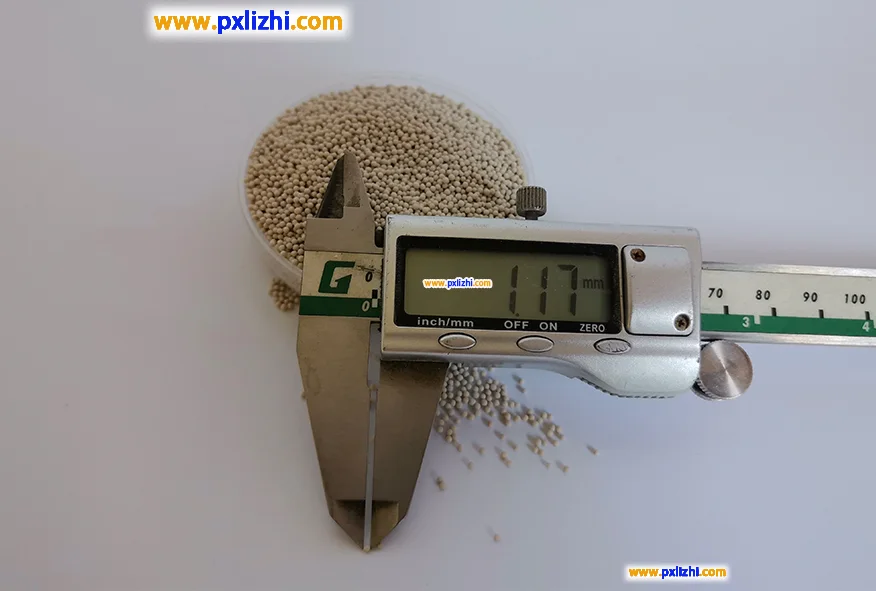
Size tolerance:
| Diameter Ф | 3 | 6 | 8 | 10 | 13 | 16 | 20 | 25 | 30 | 38 | 50 | 75 |
| Size tolerance | ±1.0 | ±1.5 | ±2.0 | ±3.0 | ||||||||
Performance essentials
Testing basis: relevant national standards or industry standards, such as HG/T 3683.1-2014 “Industrial porcelain ball – inert porcelain ball”
- Chemical composition analysis: alumina (Al₂O₃) content, silicon oxide (SiO₂) content, iron oxide (Fe₂O₃) content
- Corrosion resistance and acid resistance: Soak the ceramic ball in [specific acid solution name and concentration], after [temperature] soaking [time] hours, observe that its appearance has no significant change, and the quality loss rate is [X]%
3, water absorption: using [specific test method, such as weighing method] test, the water absorption of ceramic ball is [X]% (standard requirements: ≤[specific standard value, such as 0.5%]).
4, pile specific gravity: measured by natural stacking method, the pile specific gravity of ceramic balls is [X]g/cm³ (standard requirements: within [range interval 1]).
5, size and shape: size measurement: randomly selected [number] ceramic balls, using caliper or micrometer to measure its diameter, the measurement results are: [list the specific measurement values, such as φ9.98mm, φ10.02mm, etc.], the size deviation is within the range of ±[allowable deviation value, such as 0.2mm], in line with the standard requirements. – Shape observation: Through naked eye observation, the shape of the ceramic ball is regular, the surface is smooth, no obvious uneven, cracks, gaps and other defects.
6, compressive strength: test with [compressive strength test model number], randomly select [number] ceramic balls, respectively apply pressure until the rupture, record the rupture pressure value of each ceramic ball, and calculate the compressive strength. The test results are as follows: – Ceramic ball 1: the rupture pressure is [X1]N, the compressive strength is [X1]MPa; – Ceramic ball 2: rupture pressure is [X2]N, compressive strength is [X2]MPa; -… – The average compressive strength is [X]MPa (standard requirements: ≥[specific standard value, such as for φ10mm ceramic balls, the compressive strength should be greater than [specific value]MPa]).
7, thermal stability – heat the ceramic ball to [high temperature value, such as 800℃], hold [time, such as 2 hours], quickly put into the [cooling medium, such as cold water] cooling, repeat [cycle number, such as 3 times]. No cracks or damage were found on the surface and inside of the ceramic ball, and the thermal stability met the requirements.

Sum up
Conclusion: The test results of the inert ceramic ball samples show that the samples meet the requirements of [relevant standards or contract standards] in terms of chemical composition, physical properties, mechanical properties and appearance quality.



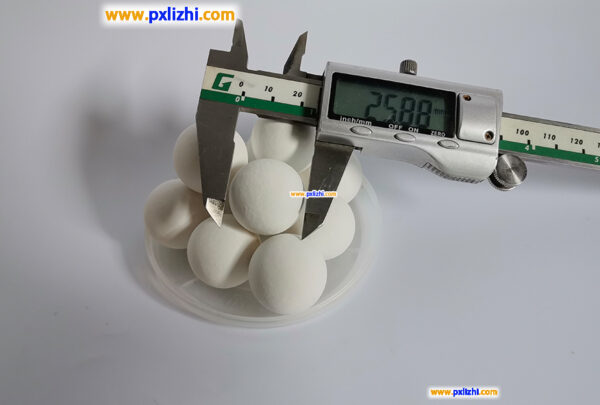

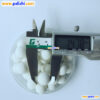
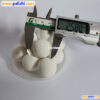
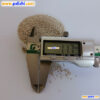
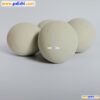
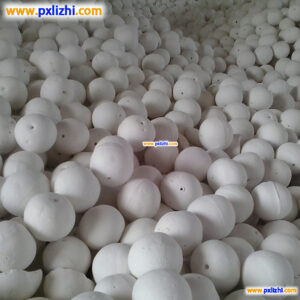
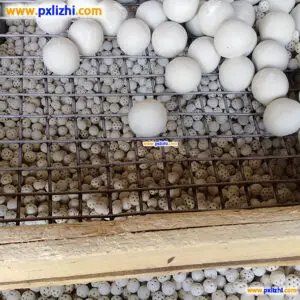
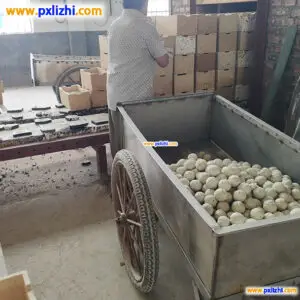

Reviews
There are no reviews yet.